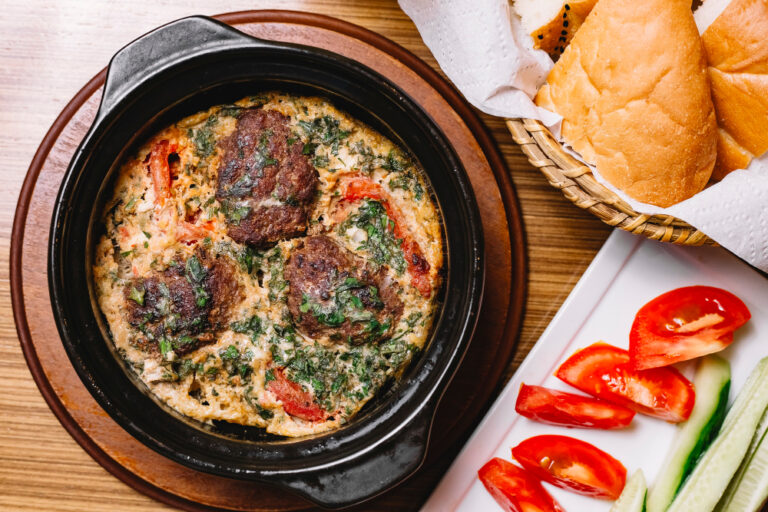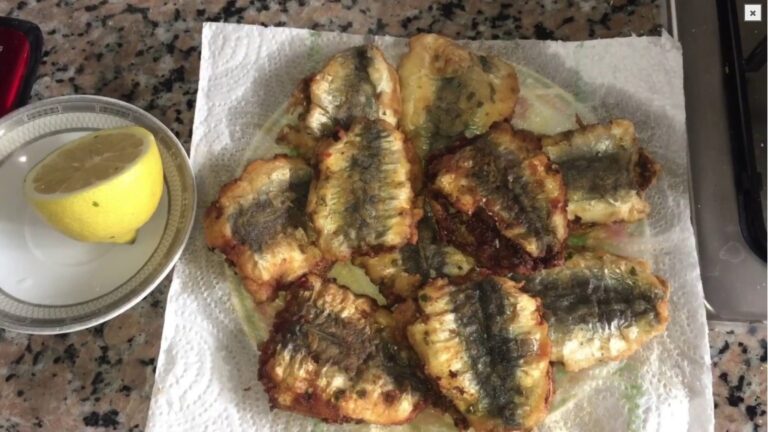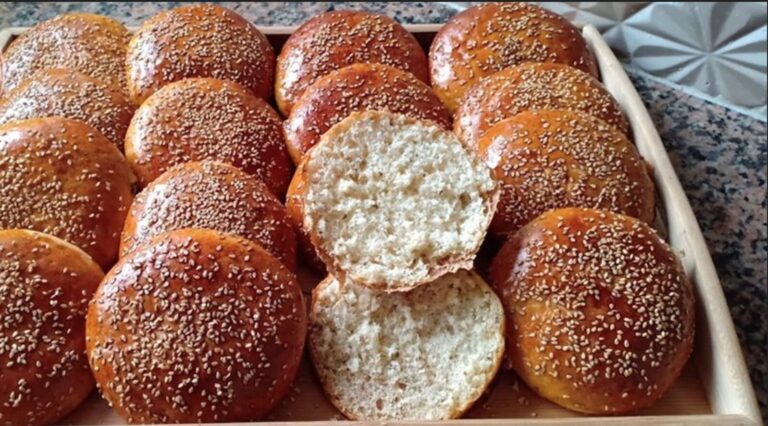

When you think of Moroccan cuisine, the first dish that often comes to mind is couscous. Yet, within this national treasure lies a variety of regional and festive versions that elevate it beyond the ordinary. Among the most beloved is Couscous Tfaya – Moroccan Caramelized Onions and Raisins Delight, a dish that combines sweet and savory flavors in perfect harmony. Rich in history, deeply symbolic in Moroccan culture, and endlessly satisfying, Couscous Tfaya is more than just food—it’s an expression of Moroccan hospitality and celebration.
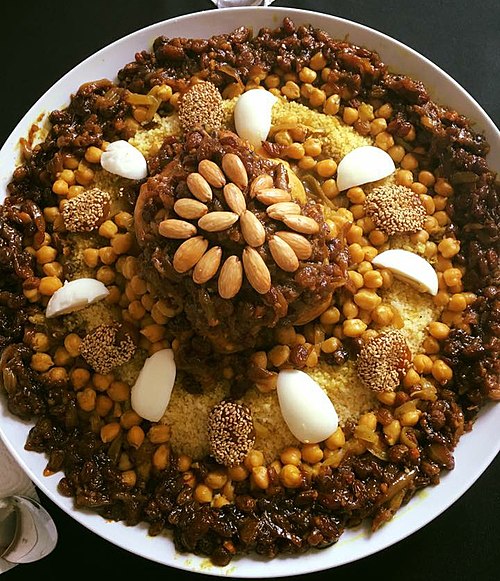
In this guide, we’ll explore the story of Tfaya, its ingredients, how it’s prepared, cultural significance, and why it’s a must-try when traveling to Morocco.
Couscous Tfaya: An Overview
Couscous is often referred to as the national dish of Morocco, and Tfaya is one of its most iconic variations. The word Tfaya refers specifically to the sweet topping of caramelized onions, golden raisins, butter, honey, and spices, layered generously over a mound of fluffy steamed couscous.
This dish beautifully balances the sweetness of the topping with the savory richness of slow-cooked meat, often lamb or chicken, though it can also be made vegetarian. It is commonly prepared for Friday family lunches, festivals, or special occasions, where the whole family gathers around a large communal plate.
According to Moroccan tradition, Tfaya symbolizes joy, unity, and prosperity, making it a culinary emblem of Moroccan hospitality.
Must-Experience Flavors of Couscous Tfaya
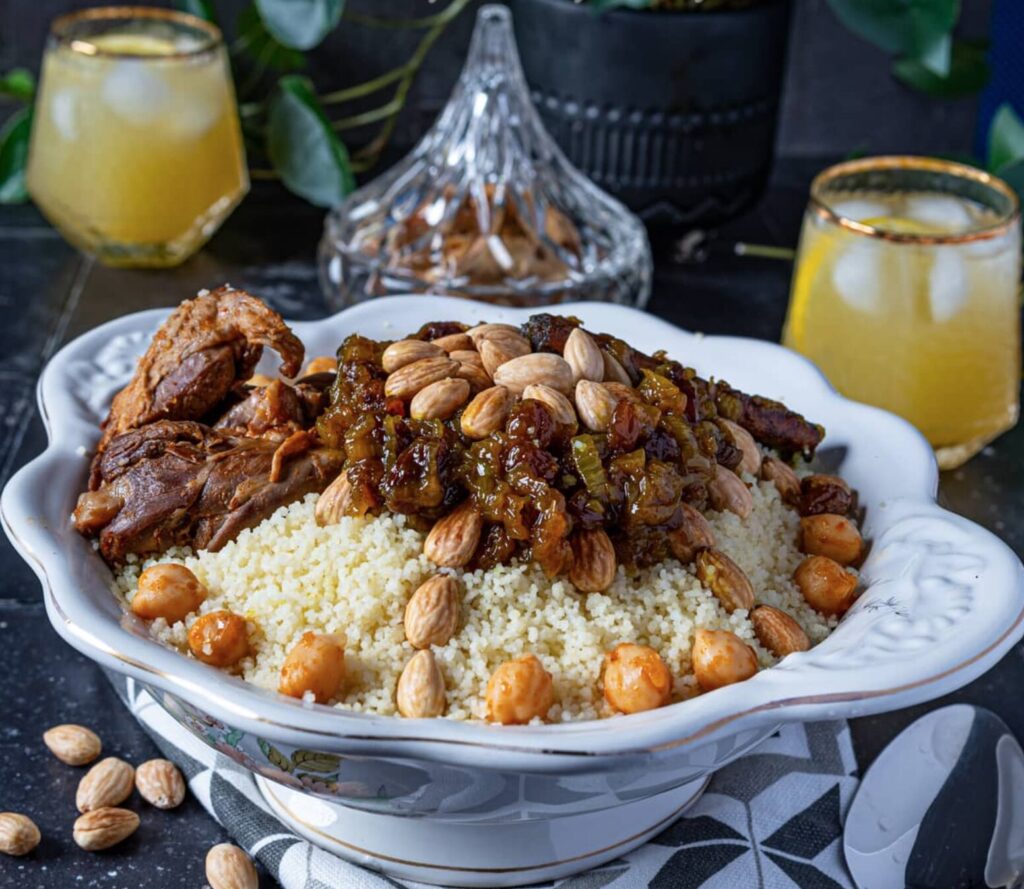
The Star Ingredient: Caramelized Onions
The magic of Tfaya lies in the slowly caramelized onions, simmered with cinnamon, saffron, honey, and butter until they reach a rich golden-brown color and a melt-in-your-mouth sweetness.
Sweetness from Raisins and Honey
Golden raisins, plumped in warm water before cooking, bring an additional layer of natural sweetness. Combined with a touch of honey, they create the dish’s signature sweet-savory contrast.
The Base: Fluffy Couscous Grains
Traditionally, couscous is hand-rolled and steamed three times in a couscoussier (a double-chamber steamer), giving it a light and fluffy texture. While instant couscous has become more common today, authentic Moroccan couscous is a labor of love.
Garnishes of Almonds
Fried or roasted almonds sprinkled on top add a crunchy finish, symbolizing celebration and abundance.
Together, these ingredients transform into an unforgettable Moroccan delight that reflects centuries of culinary artistry.
Cultural Insights and Travel Connections
In Morocco, Couscous Tfaya is more than a dish—it’s a ritual of gathering. Traditionally, it’s served in a large round platter placed in the center of the table, with family members and guests seated around it. Eating is done with spoons, or sometimes by hand, in the spirit of sharing.
When traveling across Morocco, especially in cities like Marrakech, Fez, or Casablanca, you’ll find Tfaya featured in restaurants, particularly on Fridays, the holy day of the week. For a truly authentic experience, being invited into a Moroccan home to share Couscous Tfaya is one of the most meaningful cultural exchanges a traveler can have.
– Learn more about Moroccan cuisine and its diversity across regions.
Traveler Story: Tasting Tfaya in Marrakech

Imagine wandering through the bustling souks of Marrakech on a Friday afternoon, the air filled with the aromas of saffron, cinnamon, and freshly baked bread. After the call to prayer, families head home to share their traditional Friday meal: couscous.
One traveler recalls being invited by a local family in the Medina. As the steaming platter of Couscous Tfaya arrived, the golden onions glistened, and the smell of honey and cinnamon filled the room. Tasting the dish felt like uncovering the soul of Moroccan hospitality—warm, sweet, and unforgettable.
Travel Tips for Experiencing Couscous Tfaya
- Where to Try It: Look for traditional restaurants in Marrakech, Fez, or Rabat that offer Friday couscous. Some riads also include Tfaya in their menus.
- Best Day: Fridays are couscous day across Morocco—this is when you’ll find the freshest and most authentic versions.
- Vegetarian Options: Some places offer Couscous Tfaya with chickpeas or vegetables instead of meat, without compromising the rich flavor.
- Cooking Classes: For a hands-on experience, join a Moroccan cooking class where you can learn to prepare Tfaya yourself.
Future Travel Recommendations
Couscous Tfaya is a perfect reason to plan your travels around Moroccan food experiences. Culinary tours in Morocco often include market visits, cooking workshops, and family-style meals. If you visit during religious or cultural festivals, Tfaya is almost guaranteed to appear on the table, often in even more lavish versions with extra nuts and spices.
Exploring Tfaya not only satisfies your taste buds but also connects you to the living traditions of Morocco, making every bite a journey into history and culture.
FAQ: Couscous Tfaya – Moroccan Caramelized Onions and Raisins Delight
What makes Couscous Tfaya different from regular couscous?
Couscous Tfaya is topped with sweet caramelized onions, raisins, and almonds, giving it a distinct sweet-savory profile compared to vegetable or meat couscous.
Is Couscous Tfaya always made with meat?
No, while lamb or chicken are traditional, vegetarian versions with chickpeas or lentils are also popular and equally delicious.
Can I try Couscous Tfaya outside Morocco?
Yes, many Moroccan restaurants worldwide serve Couscous Tfaya, but for the most authentic experience, nothing compares to enjoying it in Morocco.
Why is couscous eaten on Fridays in Morocco?
Friday couscous is a long-standing tradition linked to family gatherings after the Jumu’ah (Friday prayer), symbolizing unity and blessing.
What drinks pair well with Couscous Tfaya?
A glass of Moroccan mint tea is the perfect companion, balancing the sweetness of the dish with fresh herbal notes.
Conclusion
Couscous Tfaya – Moroccan Caramelized Onions and Raisins Delight is more than just a recipe; it’s a celebration of Moroccan culture, tradition, and togetherness. Whether enjoyed in a bustling Marrakech restaurant, a serene mountain village, or the warm embrace of a Moroccan family home, Tfaya represents the soul of Morocco in every bite.
So, on your next journey to Morocco, don’t miss the chance to savor this golden dish of sweetness and spice—it’s truly a culinary treasure worth experiencing.
– Ready to dive deeper into Moroccan culture? Explore our other guides to Moroccan food, travel destinations, and traditions.

